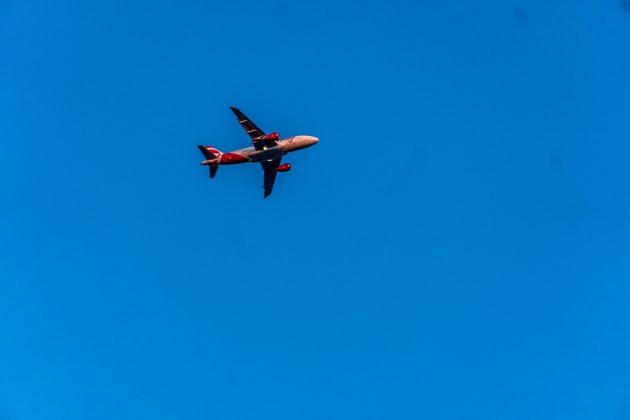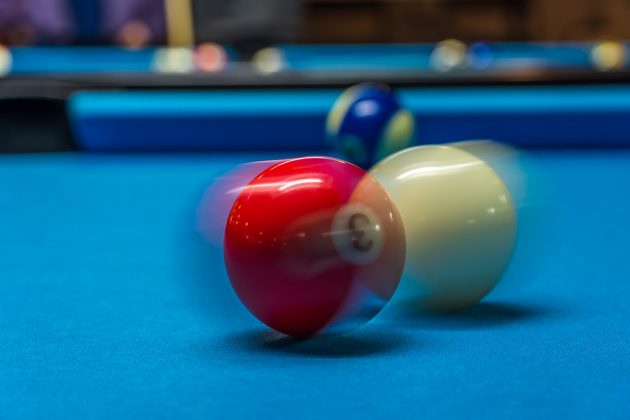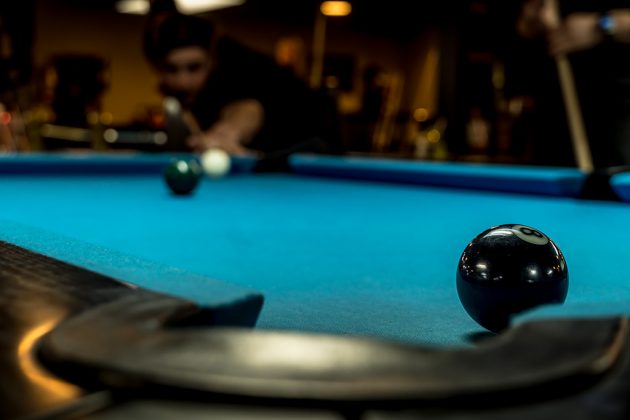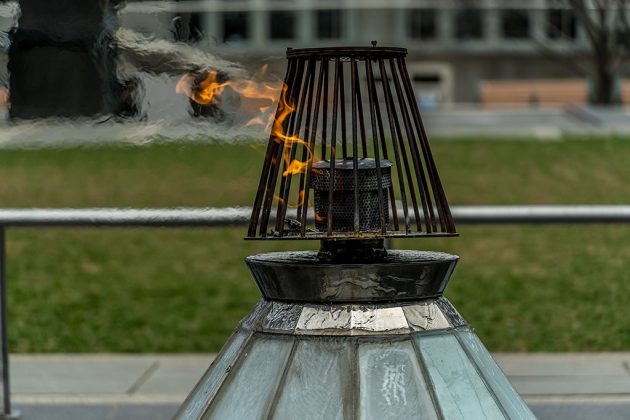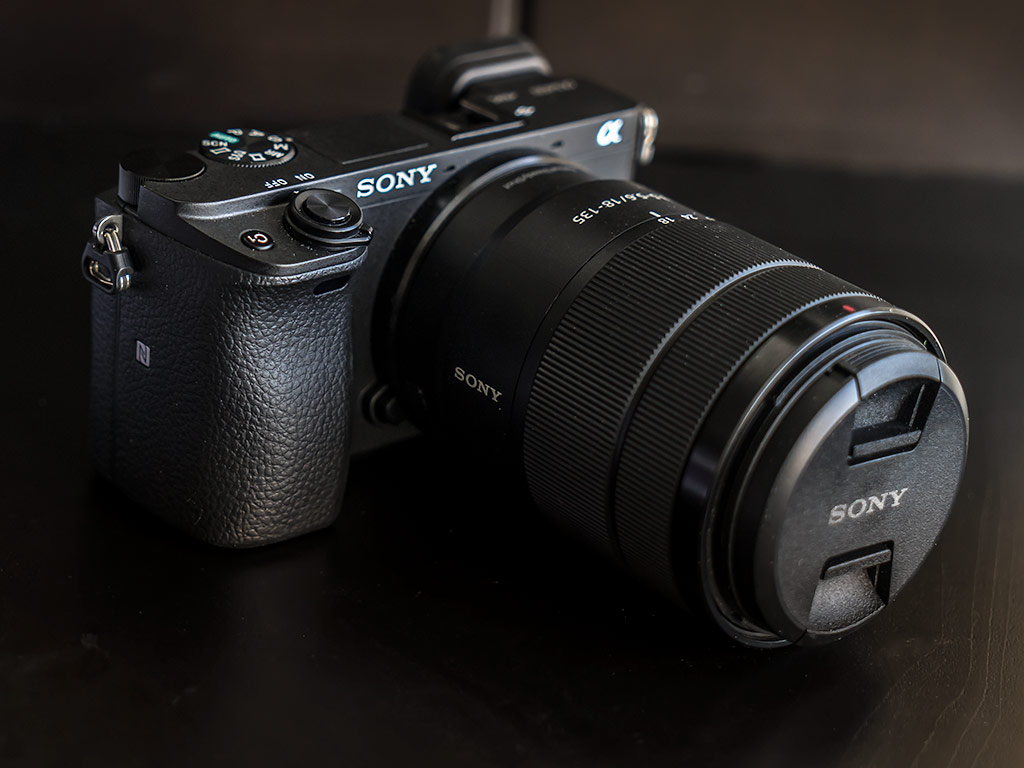
Great photography comes naturally to the Sony a6400, but getting there requires a number of compromises for the best results.
The a6400 is the latest in Sony’s smaller mirrorless cameras with APS-C sensors, meaning it’s not full-frame, yet still manages on its own merits. This model borrows most from the Alpha A9, a darling at shooting action because of its “Real-Time Tracking” technology that makes autofocus (AF) ridiculously instant.
The capabilities within the a6400 are impressive, except that you need to deal with caveats that can impact both the shooting experience and the end result. All of that applies, whether you’re a pro, serious amateur or enthusiastic novice.
Design
The overall feel of the a6400 mirrorless camera, especially the weight, makes it easy to carry around. On the outside, the a6400 looks like a clone of the a6300 it’s replacing, though it still falls under the a6500. I never shot with either camera, but looking at them together, the differences are pretty subtle.
On the inside, things are different. The 24-megapixel sensor benefits from the Bionz X processor in a number of ways. First, Sony says the bootup time and overall speed of the camera is faster than its siblings. Second, the company removed the 30-minute cap on video recording, so you can shoot long clips without hitting a roadblock.
Key to it all is the autofocus (AF), as mentioned earlier, which is on a different level with Real-Time Tracking. When the camera recognizes a subject, particularly a person, it stays locked on. Sony calls this Eye AF, where touching the screen to focus on someone will move over to the eyes. I’ll touch on how it works in greater detail further down.
The 3-inch touchscreen tilts up to 180-degrees, but doesn’t flip sideways. It’s a design choice made to accommodate video bloggers (or vloggers) but it does have one pitfall. The hotshoe is right in front of it. Put a microphone or LED lamp on it and the screen’s view is blocked. There’s also no headphone jack, negating any chance of hearing how footage sounds during recording.
There’s an electronic viewfinder, but unlike Sony’s larger full-frame mirrorless and DSLRs, the a6400 has no focusing joystick. I couldn’t find a way to make the directional pad buttons function in that capacity, either.
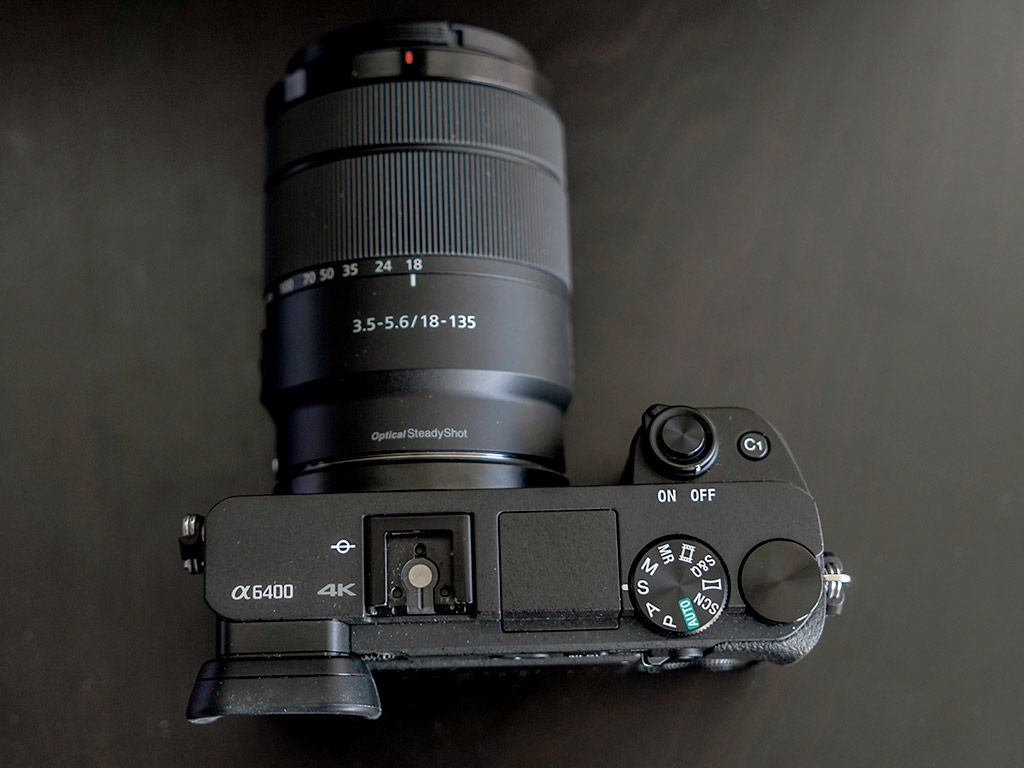
Setup and layout
I should note some other usability details to better frame how the a6400 shoots. It has 425 contrast and phase-detection points, which is a significant boost from the 169 points of the a6300 and a6500 mirrorless cameras. That covers 84 percent of the image area—also right up there with Sony’s best DSLRs. Only the Alpha A9 compares at this body size with 93 percent. The AF is superb out of the gate because of the Real-Time Tracking. Once I locked onto a subject, including a moving airplane in the sky, it was easy to shoot it. I didn’t have to chase it to get a lock on it.
A recent firmware update expanded the Eye AF to include animals. It’s not going to be as consistent as human eyes, but it’s nonetheless impressive to have. The catch is that you have to switch the Eye AF mode from human to animal to enable it. You can’t have both working at the same time, unfortunately.
Finding it in the menu system takes some work. Press the Menu button and then move over to page 6 of the first section under “AF2” and it will be there. If any of that came off as confusing, don’t be surprised. Sony’s biggest bugaboo is its menu layout, which can sometimes feel like a scavenger hunt. For whatever reason, the company also didn’t make the menu touch-sensitive, so if you wanted to switch sections, you have to keep scrolling to get there.
For me, having already shot with a Sony a7 III mirrorless camera for a while now, I know my way around well enough. But even now, I still find features and settings I didn’t know about. My point in bringing this up is that you will likely have to do some research online to figure out the best settings. Plus, it’s a good idea to use the C1 and C2 custom buttons to save specific settings too.
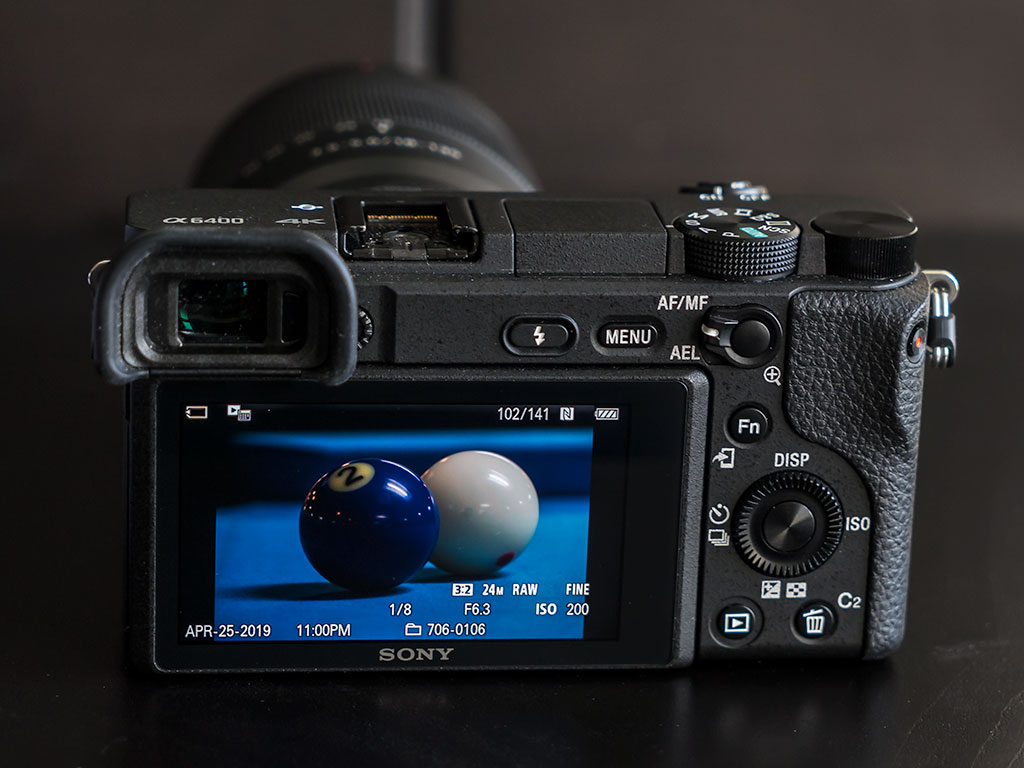
Storage and processing
The a6400 supports UHS-I memory cards. Any SD card sporting UHS-I on it will do fine. That does mean writing time is slower than it would be with UHS-II, but it’s not terrible, by any means. It may not be the best for shooting burst after burst at a sporting event, though it holds its own in any case.
Shooting in RAW is an option, one which you will need to select in the menu. There is no in-body RAW processing, nor can you use the Imaging Edge Mobile app to send them over to a paired smartphone or tablet. You would have to move them to a computer first before editing them later.
The camera supports Wi-Fi, Bluetooth and NFC to enable such transfers. The app is both a way to receive those transfers, and a way to control the camera remotely. You won’t get the full breadth of features, but you would be able to shoot away from the camera, like with long exposure night landscapes or group selfies.
Photo quality
There are two key things to remember when shooting with the a6400, as I learned. First, there is no in-body image stabilization, so it’s important that lenses have that. Most in Sony’s lineup do, but be sure to check. Second, you will be touching the screen a lot to set up a focus point until the Real-Time Tracking can take over.
The latter one is one of the camera’s strongest features. This isn’t so much about leading you, as the photographer, to stay locked onto a subject, but rather that the focus point does so on the screen. For example, when I focused on an airplane flying above, I half-pressed the shutter and the AF stuck with it, letting me shoot at will. With a person, it was even easier because it locked onto eyes and automatically shifted to the person’s body.
All that said, the a6400 is capable of excellent images. I most often shoot in Manual or Shutter Priority, and always in RAW, so I can better control the shot. The camera can capture vibrant colours, but doesn’t always come off that way. Scenes can look a little dull sometimes, which is less of a problem when editing a RAW image over a JPEG.
More often than not, however, I was pleased with what I got. Detail, lighting, colour, contrast—results were solid. I habitually used the viewfinder, only to get annoyed when I had to pull back and touch the screen to focus where I wanted for a different perspective. It was a trade-off I had to get used to, such as it was.
I’ll put it this way: it’s harder to take a bad photo with the a6400 than it is a good one. The catch is that you will get more out of it by learning the different shooting modes. Sticking to Scene or Auto mode isn’t going to push the camera to its potential.
With real-time AF, this is an effective camera for candid photography. Walk around a party or snap away at your children, and you will get a great slice of life shots.
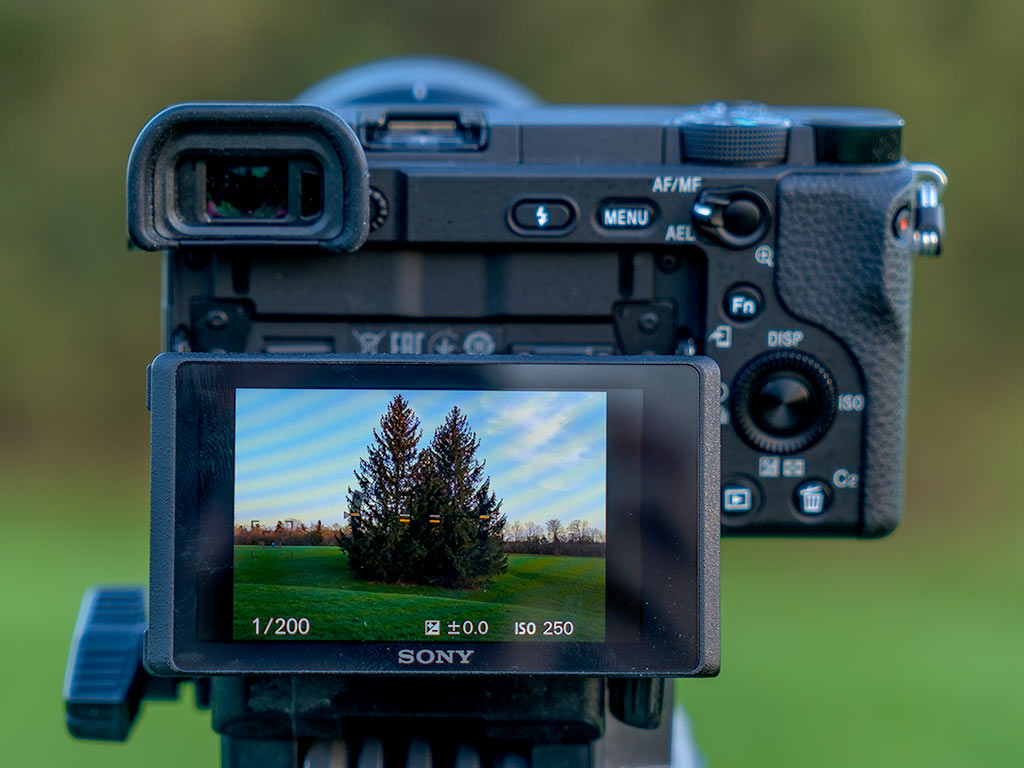
Video quality
Sony markets the a6400 as a great camera for vloggers, thanks to 4K resolution and its smaller and lighter design. On the surface, those facts are indeed true, except for the performance details in between.
I already mentioned that there’s no headphone jack, so you’ll have to hope for the best on the audio side. I also noted the way the screen flips up 180-degrees. That’s all good if it’s unfettered, but not so much when a microphone or LED light rests on the hotshoe. It’s hard to see it that way, so a lavalier microphone would be a better option.
What’s nice is that the AF works well to keep subjects in focus, and footage maintains a good level of quality overall. It’s not what I would consider amazing, but solid, nonetheless. However, setting the tracking isn’t as clear-cut. Unlike shooting still photos, AF won’t track a subject off the bat. I looked online and found that by going to page 9 under section 2 (Custom Operation), I had to switch from Touch Focus to Touch Tracking. It works fine, except how it disables the ability to drag the focus point at will. Why Sony didn’t also put it in the AF part of the menu is another mystery.
I like shooting in 24p for the cinematic effect, though it was problematic in artificial light. Because some bulbs work on different frequencies, clips would show a banding effect running through it.
There’s no doubt the a6400 would be an improvement over a smartphone, just for the 4K and 24p frame rate alone. It’s just that shooting with it requires a number of compromises, plus time to learn the best settings for it.
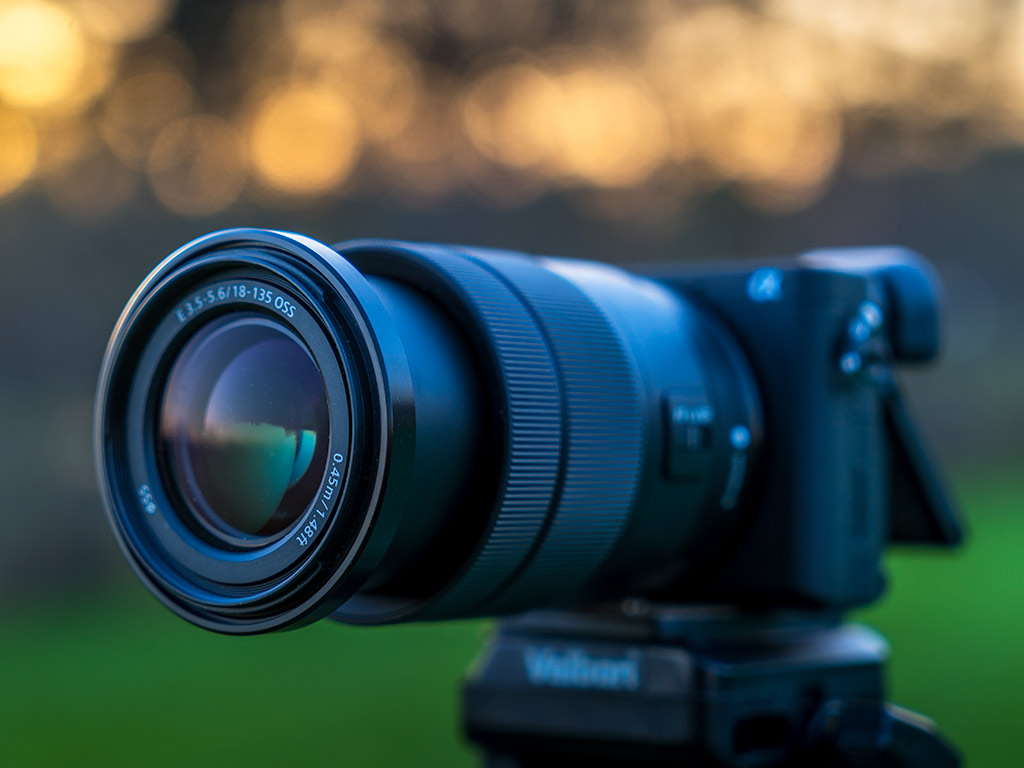
Battery life
Sony rates the a6400 at 410 photos per charge. Take that as a rough estimate because it could go lower or higher, depending on what you’re doing. If you’re mixing video recording in there, it will be lower. If you’re shooting in hot or humid weather, it will also be lower.
Personally, I didn’t find the battery life to be all that impressive, but then again, I’m not surprised. Sony has had a tough time offering industry-leading battery life with its cameras, so what’s here is acceptable at best. You should be able to get through a day of shooting without issue but expect to recharge before the sun rises the next day.
Final thoughts
I shot with both the 18-135mm and 10-18mm E-Mount lenses. These are capable pieces of glass, though it’s the more expensive ones in Sony’s lineup that will truly show what the camera can do. Don’t get me wrong, you can capture excellent shots with the two lenses I mentioned. It’s nice to have a range as wide as 18-135mm on vacation where you can zoom out or in.
The AF tracking system is the jewel of the whole thing. There are DSLRs and full-frame mirrorless cameras that wish they had something similar. With the camera doing so much to help keep subjects in focus, the a6400 can be compelling. You will have to like the smaller body and get accustomed to the convoluted menu though. If you can do that, then you will have a solid camera to work with.
The Sony a6400 is available now with the 16-50mm kit lens.

